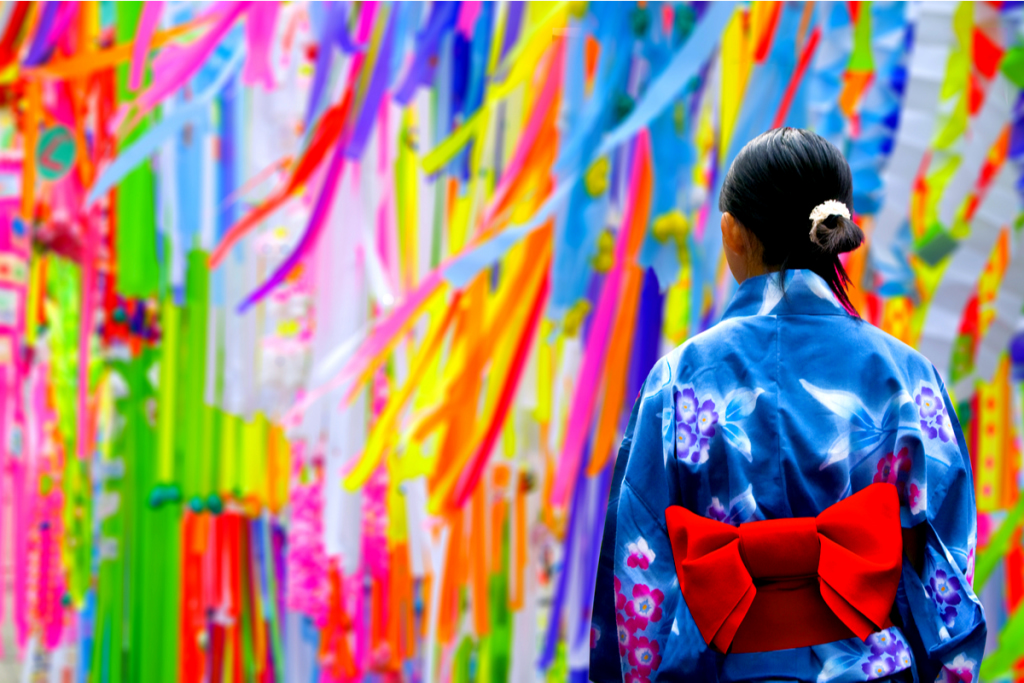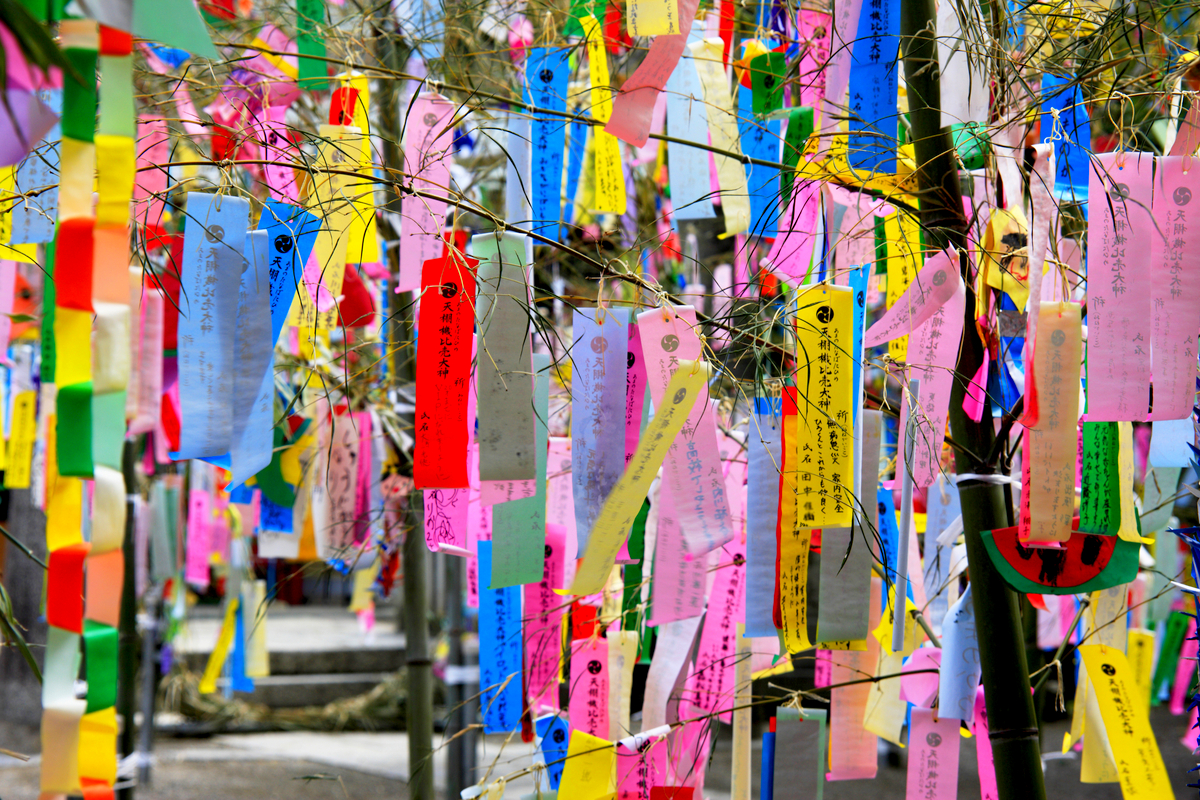It is pretty much the symbol of summer in Japan: a busy street peppered with yukata, lined with bamboo trees and a rainbow of paper. Tanabata, usually celebrated on July 7, is the preeminent festival of the summer and has been popularly observed in Japan since the early Edo period. The embellished trees and streetside food stands are one thing, but knowing the history of Tanabata will make your night all the more magical.
The legend
Tanabata is one of those holidays that people know by its origin story. The legend, an import from the Chinese folk tradition, goes like this: Orihime, the daughter of the god of heaven, worked hard at weaving clothes along the banks of the Milky Way, or Amanogawa (imagine the celestial body like a river of stars). Orihime’s father, worried that his busy child would never find love, arranged for her to meet Hikoboshi, a cowherd on the other side of the heavenly river. They instantly fell in love – so much so that they got married and neglected their duties. Orihime no longer wove her beautiful clothes; Hikoboshi’s cows wandered across the heavens.
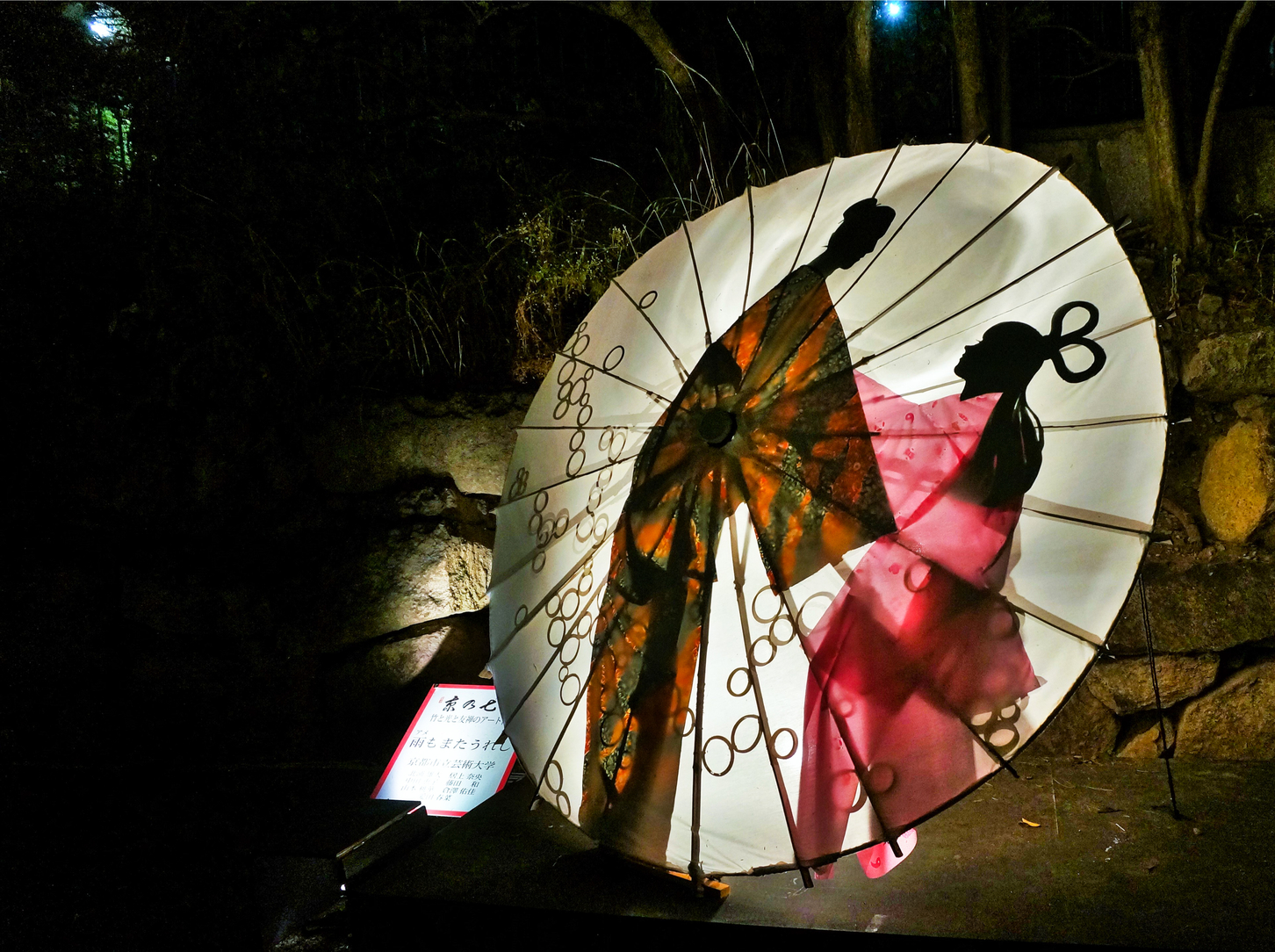
Because of this, Orihime’s father eventually separated them, and the expanse of the Milky Way ran between them once again. There was an exception, however: the two were allowed to meet once a year, which marks Tanabata, celebrated at different times in different localities starting July 7. On this one day, a bridge of sparrows forms across the Milky Way and the couple unites.
“At the core of the celebrations is wish-making.”
The story and the festival celebrate the celestial lovers’ meeting come from China, where the celebrations were based on the shifting lunar calendar – hence the varying observance days in Japan. The festival was introduced to the country by Empress Regent Koken, who conflated Orihime’s Chinese counterpart, the weaver princess, with the Japanese weaver goddess. Thus, Tanabata represents a mingling of Chinese legend and Shinto canon.
Local celebrations
At the core of the celebrations is wish-making. The once-aristocratic event (in which celebrants wrote poetry on strips of paper and floated them down streams) evolved to involve the practice of tying these strips to bamboo. It was thought that by doing so, you could improve your penmanship or become a better weaver.
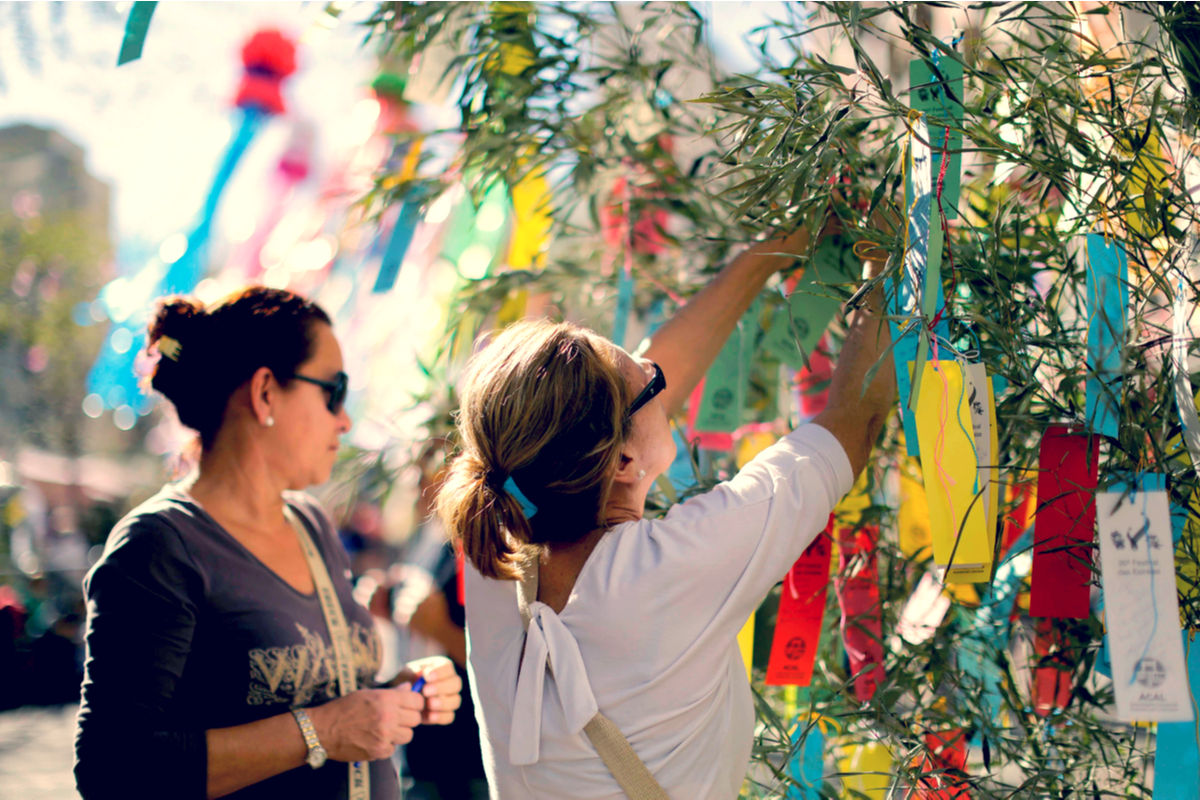
The poems evolved still to focus on more personal wishes – financial luck, for example. Now we’re familiar with the practice of writing down wishes on the thin sheet of colored paper, tying it to a bamboo branch and bidding the stars to take heed. This is common in children’s classrooms. You’ll see no shortage of delighted kids at formal festivities where the paper-and-bamboo ensembles are joined by monumental, vaguely star-shaped decorations and, depending on the location, even balloons and fantastic views.
Tanabata festivals
The most famous Tanabata festival in Japan is in Sendai (pictured below), which usually swarms with visitors and celebrants from August 6 to 8. Starting at Sendai Station, the whole city is lined with vibrant decorations, with the streamers hanging divinely over the crowds’ heads. Dancing, food and celestial illuminations only add to the lively atmosphere. While this year’s Sendai festival has been canceled amid Covid concerns, streamers – including one at the Sendai City Welfare Plaza wishing for the pandemic to cease – can be seen throughout the city center.
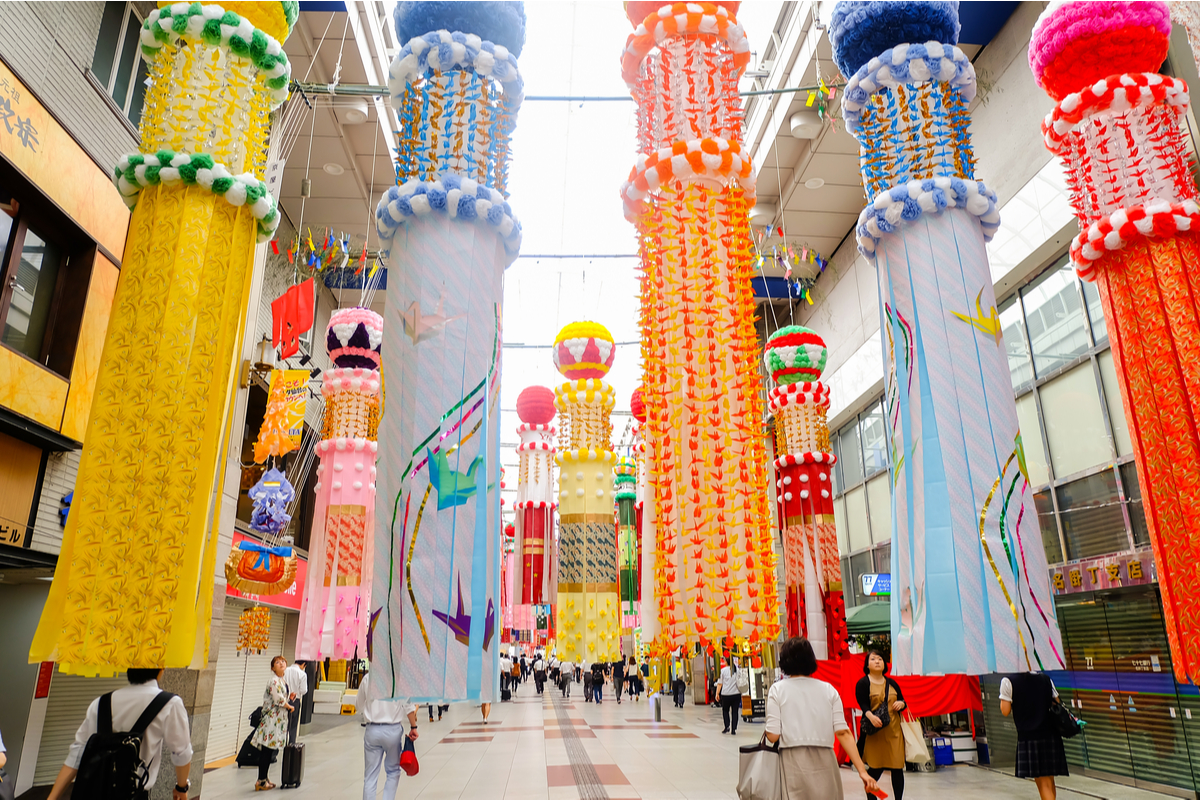
Though the decorations are usually up for a week, Tokyo’s Shitamachi Tanabata Festival boasts a parade and live performances. With processions of Harley Davidson bikes, jugglers and Awaodori dancers, the streets of old Tokyo are only enlivened by the entertainment; the humble wish-making ritual swells to fantastic proportions.
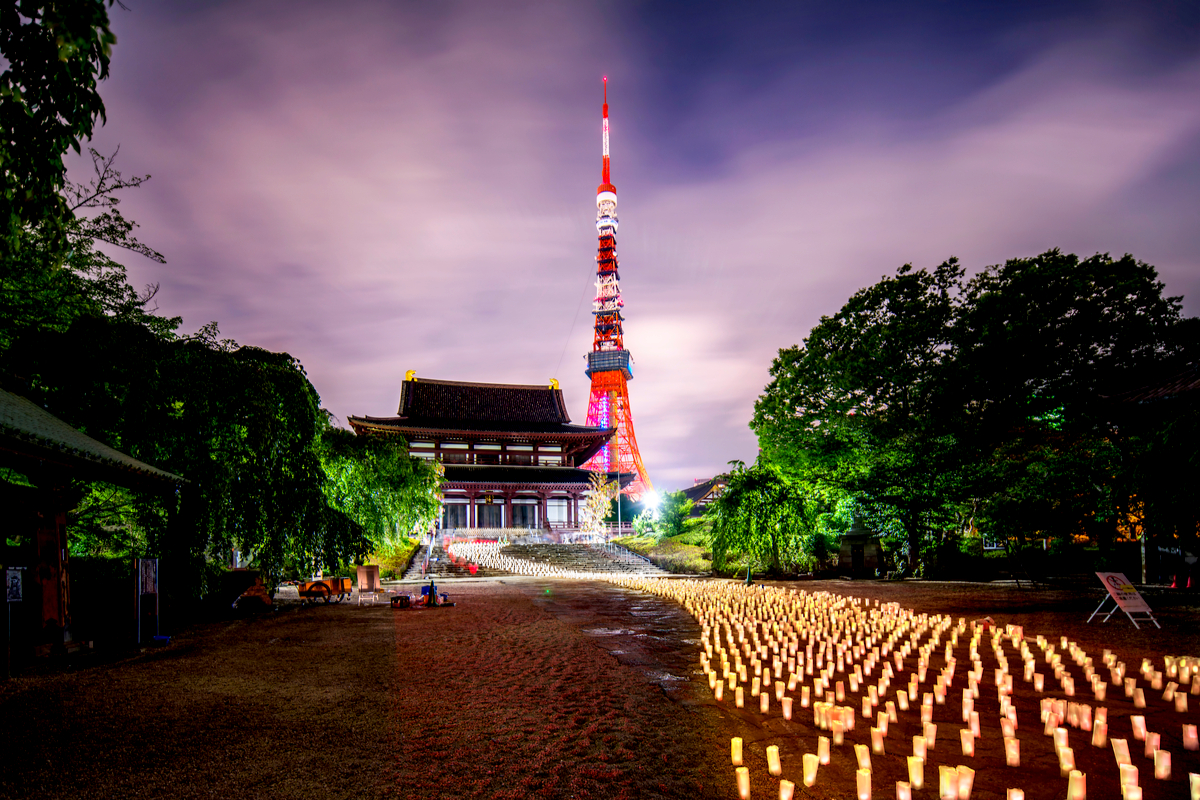
Another Tokyo Tanabata celebration takes place at Zojoji (pictured above), which lies at the foot of Tokyo Tower. The temple hearkens to the legend by forming a Milky Way of their own, using 3700 candles enveloped in paper. The lanterns wind and twist across the grounds and up the temple building, creating the impression of a river of stars suspended in the darkness of space.
For some 500 years, Yamaguchi has celebrated Tanabata with glowing red lanterns – tens of thousands of them illuminating the city, dangling in the main shopping street or hoisted by people.
View this post on Instagram
Unfortunately, this year, most summer matsuri have been canceled to avoid crowds. Tanabata, of course, didn’t evade these precautions. However iconic the festivals and their imagery might be, from the wish-making papers to a sea of red lanterns, the holiday remains a highly personal and philosophical experience.
You can easily hang up a strip of paper on a public installation or your own bamboo length. Aside from the buzzing streets and boisterous parades, you can honor Orihime and Hikoboshi by simply reflecting on your wishes, however ambitious, however mundane.

